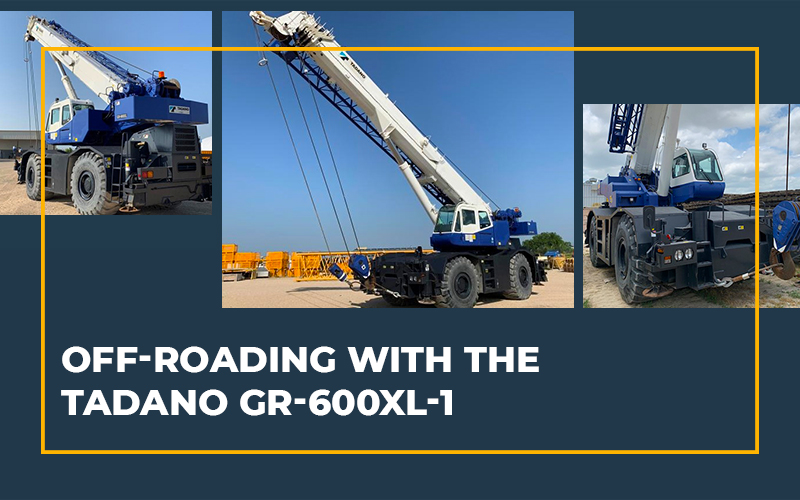It is not uncommon to first see a crane working among all the different types of equipment on a construction site. They usually have their boom or mast up in the air carrying some kind of load for the job at hand. You may have seen cranes that are fixed either permanently or semi-permanently to the ground while they are lifting and moving loads. These cranes are called static cranes and work along a fixed path.
Some cranes, however, are not restricted to just move along a fixed route but instead are mounted on wheels or treads of their own. These are called mobile cranes and can easily be driven from one worksite to another. Mobile cranes are preferable in jobs that require loads to be picked up from one place and carried to another since a static crane cannot veer off path. Mobile cranes feature a telescopic boom that is usually mounted on a truck or some other type of vehicle with treads or tires. The outstretched boom can rotate up to three hundred and sixty degrees, and the length can be extended depending on the size and type of machine. Not all mobile cranes are considered road legal.
While all kinds of cranes have their own uses and areas of expertise, below we are discussing rough terrain cranes, and particularly, the Tadano GR-600XL-1. These machines are perfect for off-roading in tough conditions. Almost any other type of crane would not be able to pull off the job as smoothly in the same conditions.
Why the Tadano GR-600XL-1 is the Machine You Want in Your Fleet
First, it is a rough terrain crane, and its design makes it ideal for construction sites, even in the toughest of working conditions. Rough terrain cranes are mobile machines that are created for the specific purpose of working in environments that are considered challenging. They are known for being able to work even in mud and snow. Another thing that makes them the ideal choice is their compact structure which makes it easier to navigate them around the worksite, even in tight and confined areas.
Other benefits of choosing the Tadano GR-600XL-1 include:
Maneuverability
While they are not road legal, they can still be easily set up to be moved from one jobsite to another. This is made possible by the fact that they are mounted on an undercarriage with tires.
Outriggers
They have independently controlled outriggers which helps in stabilizing the crane and ultimately aids in the maintenance of worksite assembly.
Cab
The cab has an adjustable operator’s seat and controls and levers that help in self-centering. The cab movement is in tandem with the boom’s movement and swivels in time over the undercarriage.


 1400 Broadfield Blvd, Houston, TX 77084,
USA.
1400 Broadfield Blvd, Houston, TX 77084,
USA. omer@my-equipment.com
omer@my-equipment.com